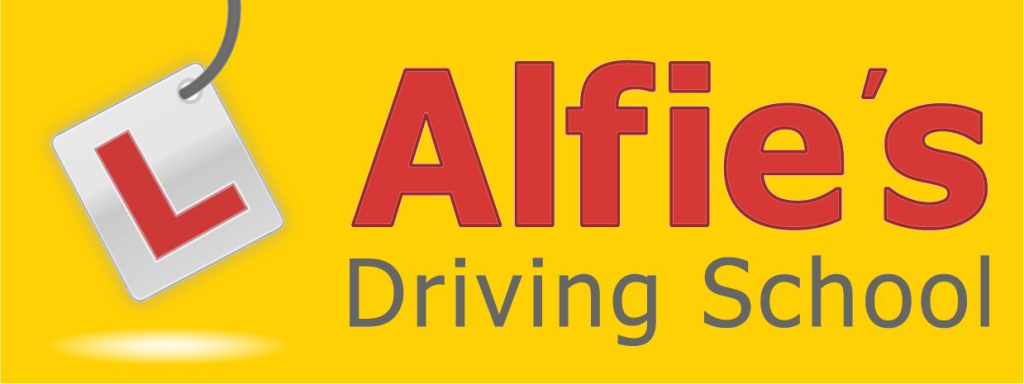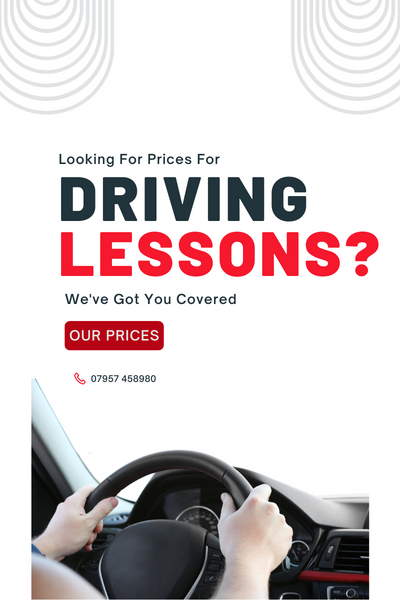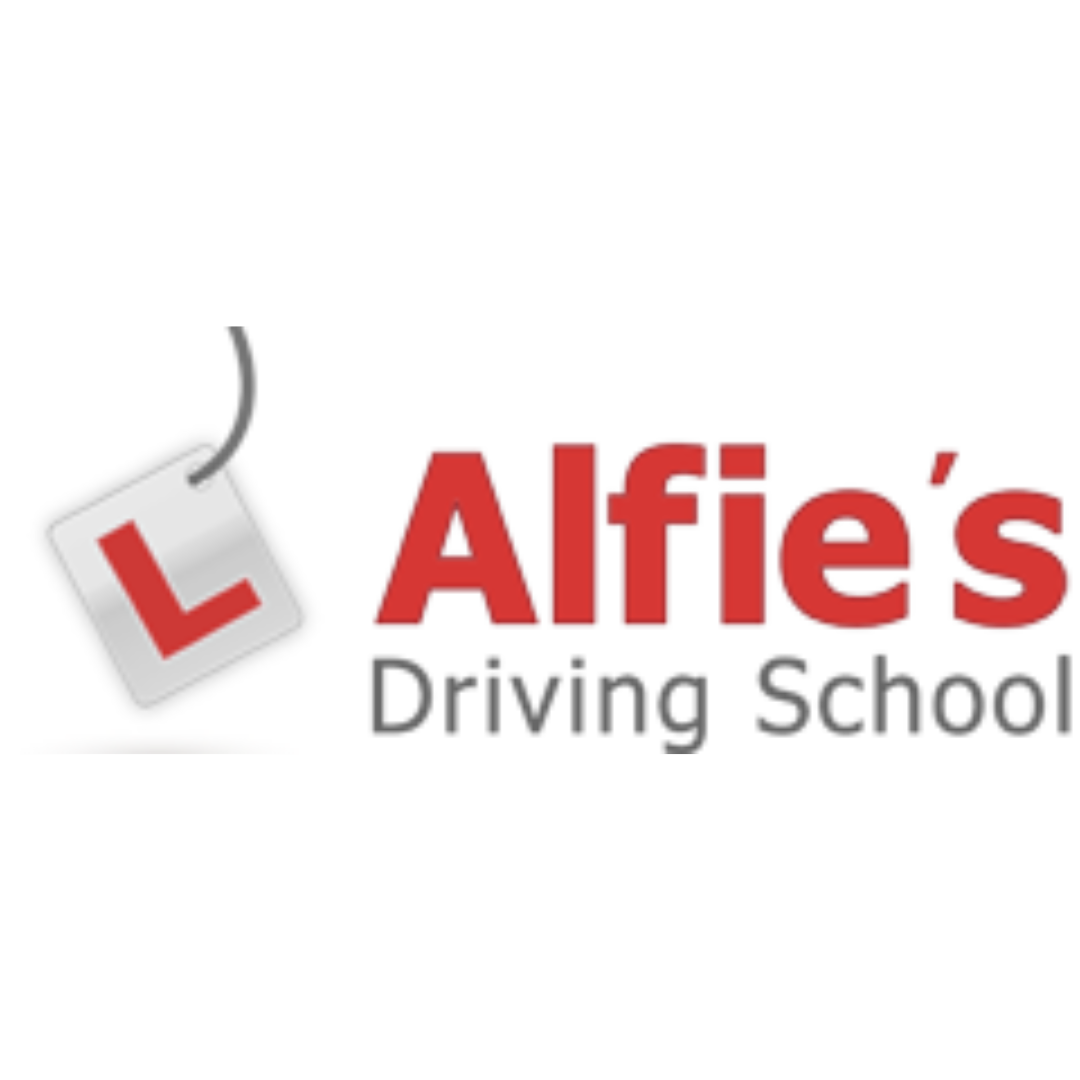Driving for the First Time? How to Get Started on the Right Foot
Learning how to drive can be an intimidating experience. Between understanding the rules of the road and mastering all the mechanical operations, it’s easy to feel overwhelmed as a beginner behind the wheel. But don’t worry – with proper instruction and plenty of practice, you’ll gain the skills and confidence needed to become a safe, responsible driver. This complete driving guide will walk you through the entire learning process, from getting your learner’s permit to passing the driving test. We’ll cover all the basics in an easy-to-understand way, providing tips and tricks to help you master essential driving techniques. Think of this as your go-to handbook that covers everything a new driver needs to know. Let’s start this learning journey on the right foot!
Getting Your Learner’s Permit – What You Need to Know
The first official step in the learning process is getting your learner’s permit or driver’s licence. The eligibility requirements differ slightly depending on your state, but generally you must:
- Be at least 15-16 years old
- Pass a written knowledge exam
- Provide proper identification and paperwork
The knowledge test will assess your understanding of driving laws, rules of the road, traffic signs, and safety procedures. Study the driver’s handbook from your state’s Department of Motor Vehicles website as it contains all the information covered on the exam. Some key areas to focus on include:
- Right-of-way rules
- Speed limits in various zones
- Proper use of lanes and turning procedures
- Traffic signs and signals
- Laws regarding seatbelts, car seats, cell phone use, alcohol
- Emergency procedures and mechanical issues
Also be sure to get plenty of practice taking timed sample tests. This will help you get comfortable with the format and environment on exam day. With enough studying and practice tests, you’ll ace the knowledge exam with flying colours.
Once you pass and obtain your learner’s permit, keep these guidelines in mind:
- You must have a licensed driver over 21 with you at all times while driving
- Follow all driving restrictions (e.g. no night driving, limited passengers, zero alcohol tolerance)
- Keep practising and gaining supervised experience before getting your licence
Mastering the Basics: Essential Driving Skills Every Learner Should Know
Now it’s time to start the hands-on learning process and practice core driving skills. Work on the following techniques with a licensed instructor or experienced driver before venturing out on your own:
Proper Hand Positioning and Seat Adjustments
- Place hands at 10 and 2 or 9 and 3 on the steering wheel
- Never cross hands over the wheel
- Sit upright with your back against the seat
- Adjust the seat position to comfortably reach the pedals
- Make sure you can clearly see the road ahead
Using the Gas and Brake Pedals
- For manual cars, use your right foot for both pedals
- For automatic cars, use right foot for gas, left foot for brake
- Press pedals gently and smoothly
- Don’t “ride” the brake lightly
- Blend use of gas and brake for smooth stops
Steering Techniques
- Use hand-over-hand steering
- Avoid “jerky” turning of the wheel
- For sharp turns, hand grips wheel at 6 o’clock
- For slight turns, hand grips at 9 and 3 position
- Return hands to 10 and 2 after completing each turn
Proper Use of Mirrors
- Set rearview mirror to see entire rear window
- Lean body forward to set side mirrors
- Eliminate blind spots on all sides of the vehicle
- Do “mirror checks” before changing lanes or turns
Backing Up and Reversing
- Turn head to look through rear window
- Place right hand at top of wheel
- Back up slowly while carefully steering
- If no rearview, have someone help guide you
Following Distance and Scanning Surroundings
- Use 2-second rule for following distance
- Scan side mirrors every 5-8 seconds
- Continuously scan road ahead and all sides
- Be alert for vehicles, pedestrians, animals
Practising these basic car operations will help you become comfortable behind the wheel and gain the muscle memory needed to drive safely and confidently. Work on them repeatedly in parking lots and side streets until they feel like second nature.
Rules of the Road: Navigating Streets Safely
Now that you’ve mastered the mechanics, it’s time to practise driving on actual roads. Learning and following the proper rules and procedures will keep you and others safe. Study and memorise these key rules of the road:
Right-of-Way
- Yield to pedestrians in crosswalks
- Yield to traffic when merging onto freeway
- Yield to vehicles already in roundabouts
- At 4-way stop, yield to car that arrived first
Lane Changes and Turns
- Use turn signals every time you change lanes or turn
- Check blind spots by looking over shoulder
- Get in proper lane well in advance of a turn
- Don’t make last minute unsafe lane changes
Passing Other Vehicles
- Only pass one vehicle at a time on two-lane roads
- Pass on left side of vehicle
- Check surroundings and use blinker before passing
- Complete pass promptly; don’t linger in blind spot
Parking
- Obey all parking signs and markings
- Pull in straight, centre vehicle in spot
- Put gear in park, set parking brake
- Curb wheels towards curb when parking on hills
Right on red
- Come to complete stop before turning
- Yield to pedestrians and oncoming traffic
- Scan intersection before proceeding
Defensive Driving Fundamentals
Practising defensive driving is key to avoiding accidents and staying safe in unpredictable conditions. These tactics will help:
- Drive at safe speeds given traffic, weather conditions
- Leave plenty of following distance between you and other cars
- Scan side mirrors frequently to monitor surrounding vehicles
- Look ahead and anticipate potential hazards
- Understand other drivers may be negligent; give them space
- Avoid distractions like phone use while driving
By thoroughly learning these rules and procedures, you’ll have the knowledge needed to navigate any driving scenario safely and smoothly. Consistently practise them each time you’re behind the wheel.
Mastering Parking: Steering Techniques for Parallel, Reverse, and More
Parking causes anxiety for many new drivers. Manoeuvring a large vehicle into a tight space can be challenging at first. With step-by-step guidance and repeated practice, you’ll soon become a pro at all types of parking.
Parallel Parking
- Signal, check mirrors and traffic behind you
- Pull up alongside front car, lining up back bumpers
- Reverse slowly while cranking wheel rapidly
- Once front bumper clears back bumper, straighten wheels
- Reverse slowly while steering gently
- Pull forward to centre in spot; re-adjust as needed
Reverse Parking
- Pull past spot; put blinker on
- Look over shoulder, reverse slowly
- Straighten wheel once car is centred
- Ease back into spot, check surroundings
Reverse Angle Parking
- Approach spot at shallow angle
- Reverse slowly while steering sharply
- Straighten wheel once car enters spot
- Align vehicle within space ; fix alignment
Tips for all parking:
- Go slow with gradual steering adjustments
- Watch corners of car to make sure they clear
- Have someone guide you until you get the feel
- Practice using parking lines as a guide
- Check surroundings before re-entering traffic flow
Parking takes time to master. Be patient with yourself and keep practising in safe areas. As your spatial awareness improves, parking will become second nature.
Handling Hill Parking With Finesse
Parking on hills requires additional steps to avoid rolling. Follow these tips when facing uphill or downhill spots:
Uphill:
- Turn wheels away from curb
- Let car roll back slowly a few inches
- Engage parking brake
Downhill:
- Turn wheels towards the curb
- Let car roll forward slightly
- Engage parking brake
For steep hills:
- Keep foot firmly on brake as you shift gears
- Release brake as you apply gas to pull out
With these techniques, you can park confidently and safely on inclines. Get in the habit of always curbing wheels and setting brakes when on hills.
How to Ace Your Driving Test and Hit the Open Road
You’ve put in hours of driving practice and are ready to get licensed.
How to Ace Your Driving Test and Hit the Open Road
You’ve put in hours of driving practice and are ready to get licensed. Here are some final tips to ace your driving test:
Study the Handbook Thoroughly
In the weeks leading up to your test, reread the driver’s handbook from front to back. Make flashcards for anything you’re shaky on. Study road signs, laws, rules, and safety procedures until you know them all flawlessly.
Practice Driving the Test Route
Lookup test route maps online or request them from your DMV. Do test drives along the exact route so you learn it inside out. Drive the speed limits, practice traffic checks, turns, and parking. Familiarise yourself with every part of the route.
Perform a Pre-Test Vehicle Check
On exam day, do a walk-around inspection of your vehicle. Check all lights, signals, tire pressure, mirrors, and safety mechanisms. Correct any issues beforehand and keep the car interior tidy.
Arrive Early and Relaxed
Leave very early to ensure you arrive at least 15 minutes before your test time. Rushing will only cause you anxiety. Listen to calming music on the drive over. After checking in, breathe deeply to settle nerves before the examiner calls you.
Follow All Instructions and Narrate Your Actions
Listen closely to all instructions given by the examiner. Verbally confirm you understand each one. During the driving portion, narrate your actions out loud e.g. “Checking mirrors and blind spot, putting on right turn signal, pulling into far right lane.” This shows your decision-making process.
Drive Defensively and Avoid Errors
Stick to safe speeds, scan surroundings, and follow all rules to a T. Avoid sudden accelerations or braking. If you make a mistake, stay calm and proceed safely. Minor errors won’t necessarily cause you to fail, so don’t panic.
After Passing Your Driving Test
Congratulations, you now have your full driver’s licence! Here are some final pointers before you hit the open road on your own:
- Always drive defensively and obey all speed limits
- Leave plenty of following distance between you and other cars
- Stick to low-risk roads at first before driving on highways
- Avoid distractions inside your vehicle like cell phones
- Don’t carry more than 1-2 passengers initially
- Know your vehicle’s safety features and how to use them
- Maintain your car with regular servicing and checks
- Keep practising driving in different conditions to hone your skills
Driving opens up new horizons of independence and adventure. As you gain experience on the road, don’t forget the lessons from this driving guide. Remember to always prioritise safety, examine conditions, follow the rules, and pay attention. Share the road responsibly, be alert of other drivers, and never operate a vehicle under the influence. Strap on your seat belt and enjoy the journey ahead!




